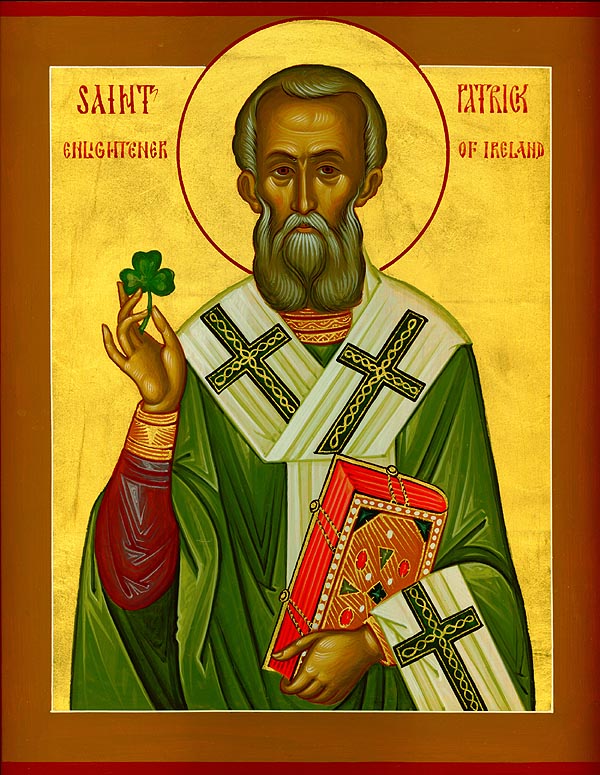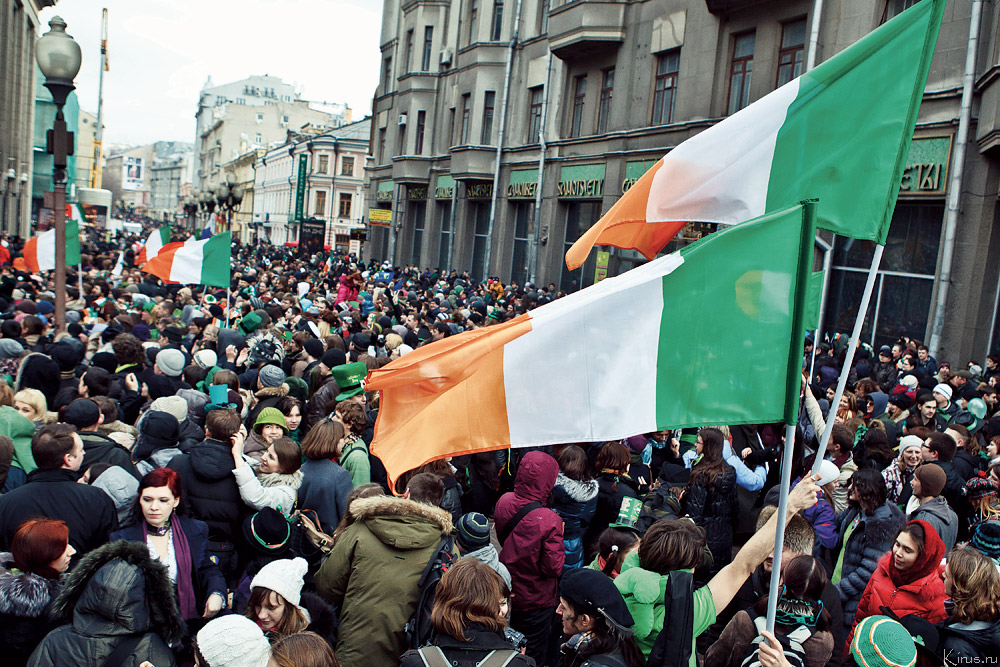Saint Patrick’s Day has its origins as a religious celebration to honor Saint Patrick, the foremost patron saint of Ireland. Today, the holiday is a time of celebration that many people of different cultures and backgrounds enjoy.
Yet the Saint Patrick’s Day we know and celebrate today was formed through a variety of strange traditions and stories passed from generations.
From big parades around the world to the typical consumption of alcoholic beverages, the events are endless.
One of these events is the dying of the Chicago River, which occurs the Saturday before Saint Patrick’s Day. A special environmentally friendly powder is dumped into the river by two boats. This tradition was proposed by Mayor Richard J. Daley in 1962, who also revived the Chicago Saint Patrick’s Day parade.
 Buenos Aires also holds a parade with music, food and dancers. This is a big enough event to cause many of the streets to be closed in the city.
Buenos Aires also holds a parade with music, food and dancers. This is a big enough event to cause many of the streets to be closed in the city.
While wearing green is standard protocol for Saint Patrick’s Day, it wasn’t the holiday’s original color. Blue was actually the first color to be associated with the holiday originating from the ancient Irish. Green began to symbolize Saint Patrick’s Day in the 17th century, because it was becoming a symbol of nationalism.
The tradition of pinching someone for not wearing green is of American origin beginning in the early 1700’s. It was said that leprechauns would pinch anyone they could see, and since they were said to not see anyone wearing green the tradition began.
Another tradition that is associated with the holiday is the consuming of alcohol with friends and acquaintances. Yet the story of Saint Patrick was primarily based on religion.
The origin of the holiday that relates to drinking comes from a story involving Saint Patrick and a lesson in generosity. When his whiskey was filled to an unacceptably low level by an innkeeper, Saint Patrick told him that there was a devil living in his cellar making him cheat people of their drink.
Due to this, it became tradition to drink a full measure on the holiday.
 Corned beef and cabbage is the main dish traditionally served on Saint Patrick’s Day. Ironically, this dish was made popular by the English, who created the term “corned beef” in the 17th century.
Corned beef and cabbage is the main dish traditionally served on Saint Patrick’s Day. Ironically, this dish was made popular by the English, who created the term “corned beef” in the 17th century.
Ireland itself has a large celebration in Dublin. From live music, to a parade, to a 5k race, there is no shortage of events to participate in within Dublin.
The parade in Dublin pulls in over 500,000 people. A large portion of the parade contains marching bands, most of which are from the United States. A traditional Irish band called the Dublin Fire Brigade Pipe Band performs within this parade.
The shamrock has its roots in Ireland for its religious symbolism. A common misconception is that a shamrock has four leaves even though it only has three. A four-leaf clover is what most people picture when they hear the word shamrock although they are different.
The shamrock became the national symbol of Ireland because, as stated by Saint Patrick himself, it represents the Holy Trinity: the Father, the Son and the Holy Spirit.
Saint Patrick’s Day is a holiday that has been celebrated around the world for centuries, by people with multiple backgrounds, and will continue to be even if the traditions such as wearing green and drinking alcohol become replaced in the future.
Sean Kahle
Reporter


